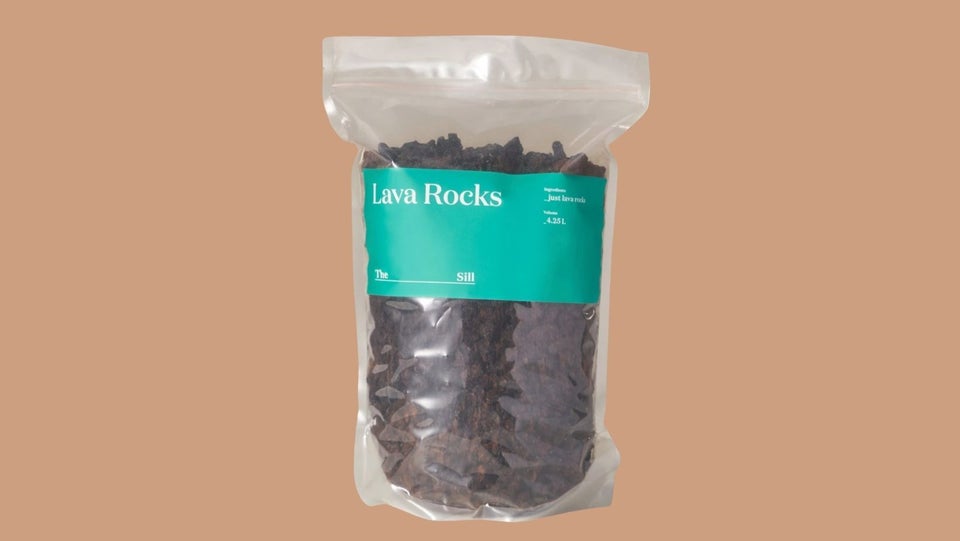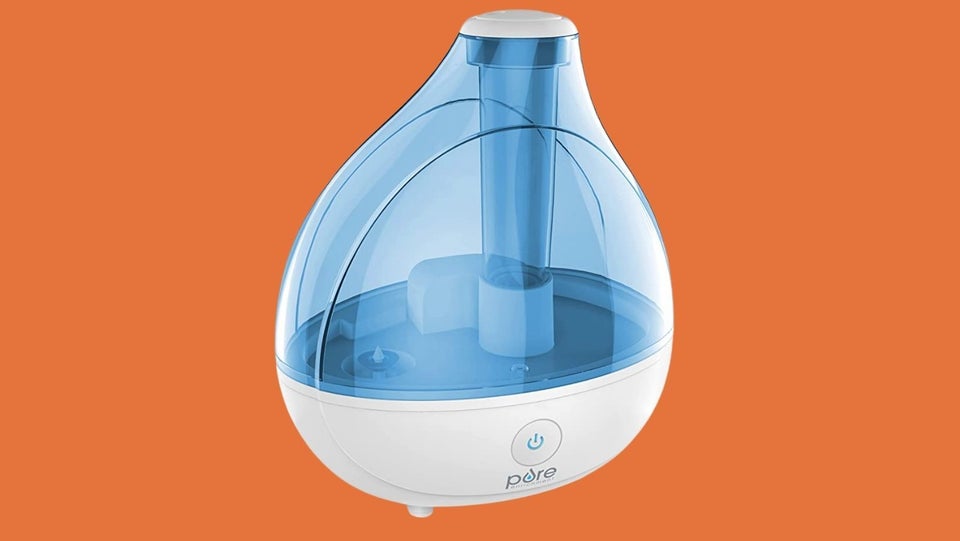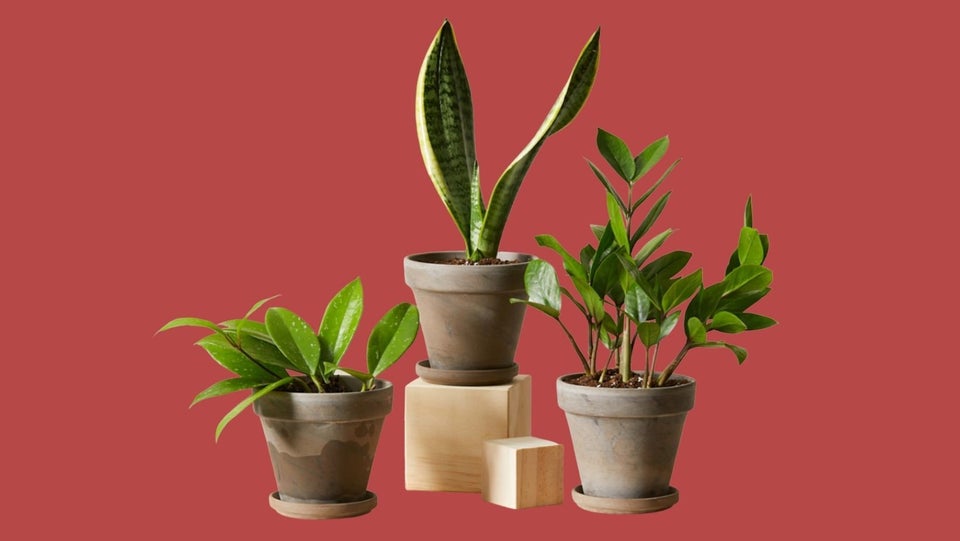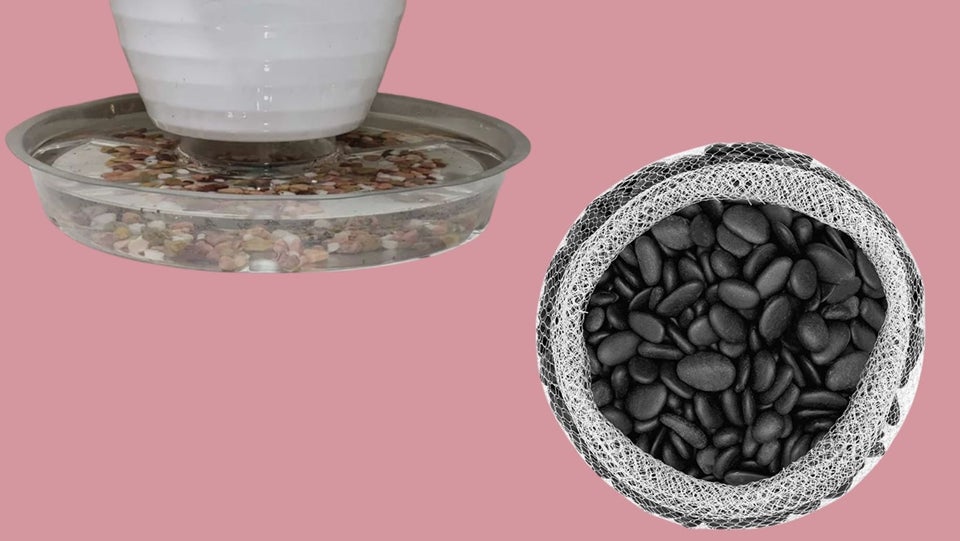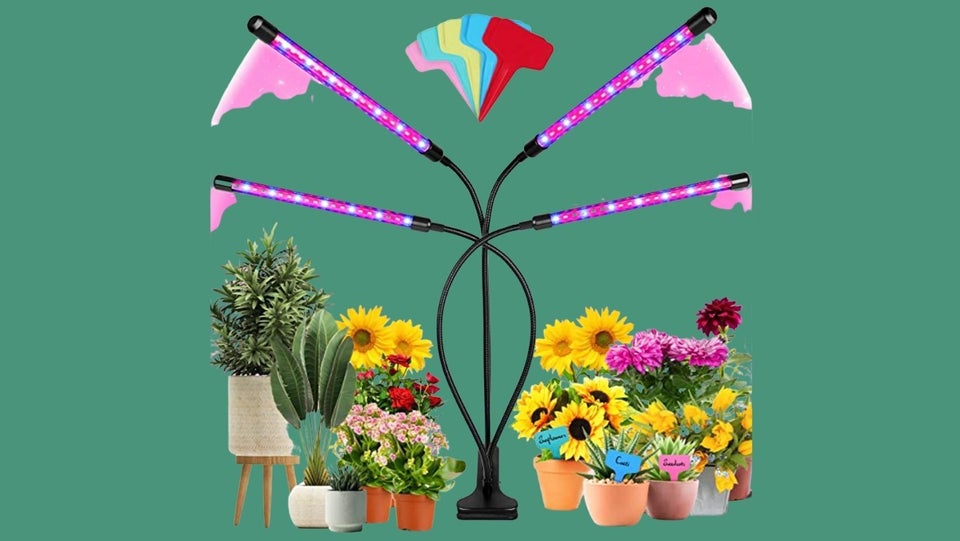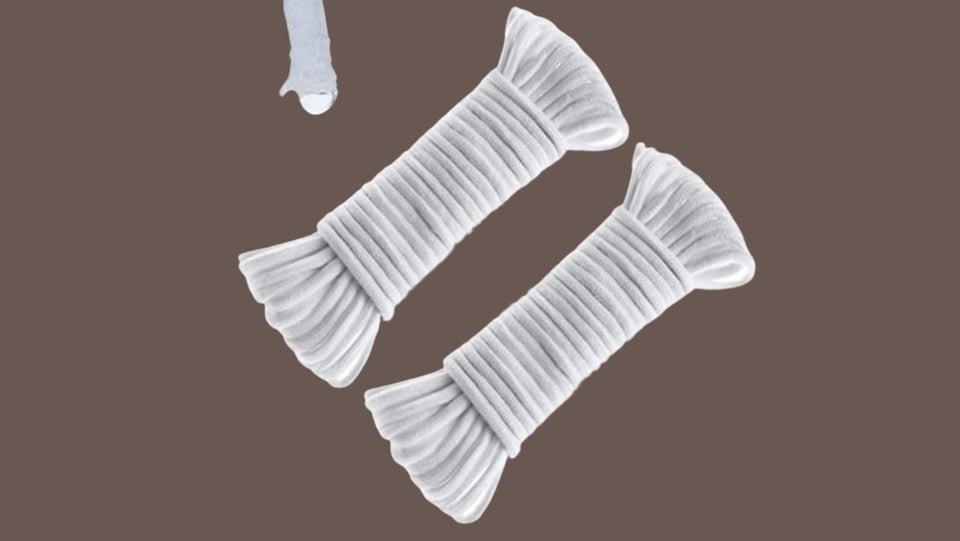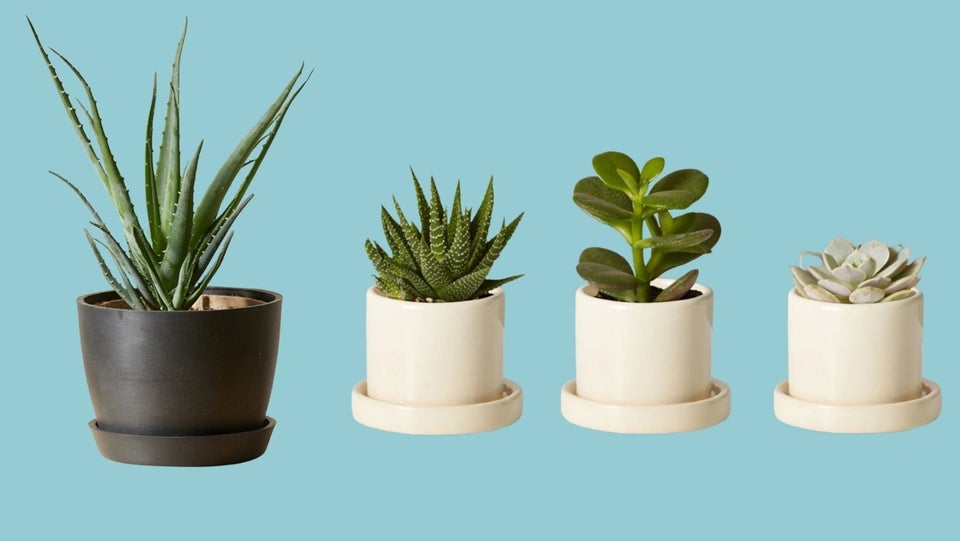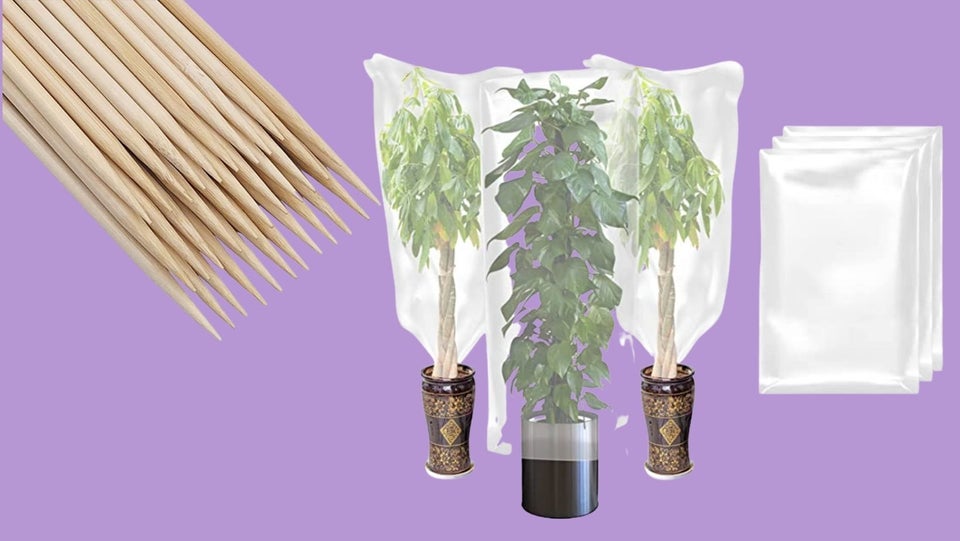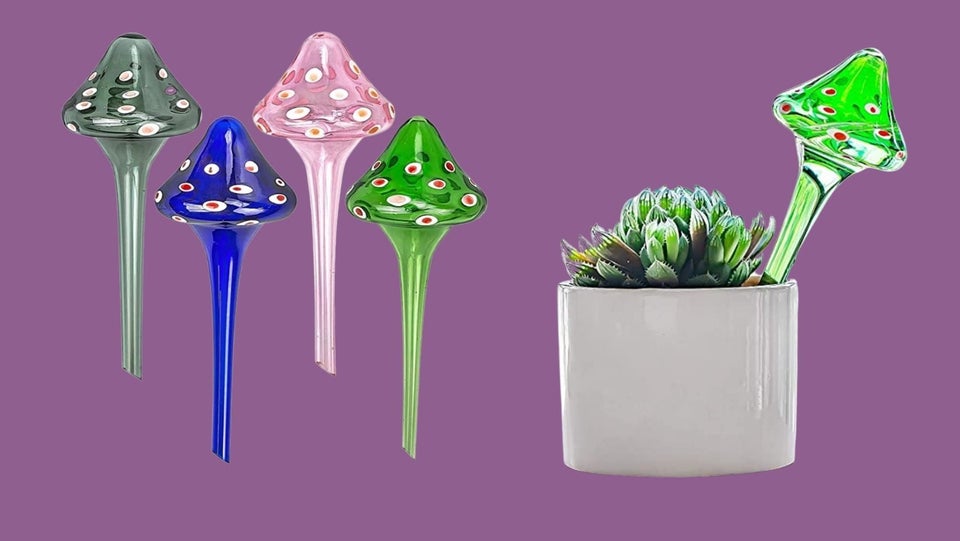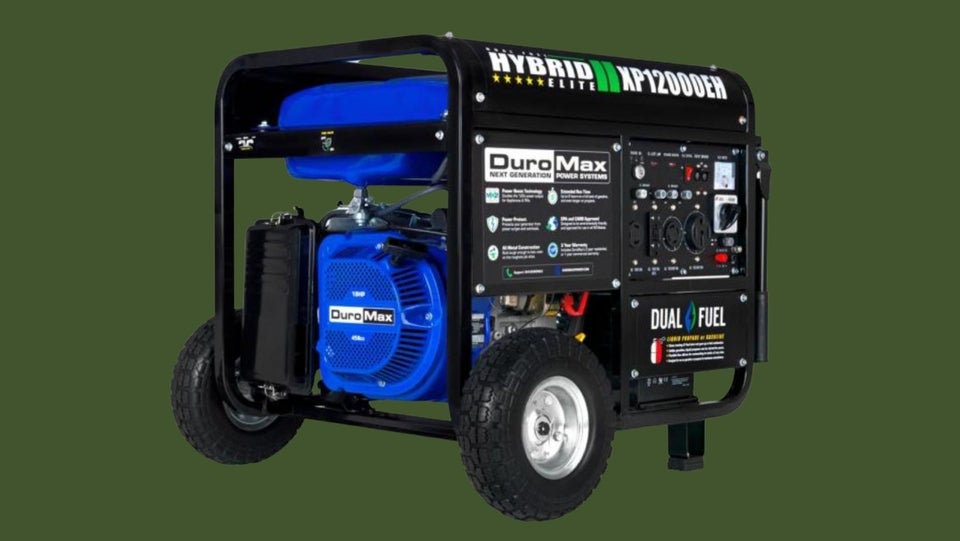
If you’re a plant parent, you may be familiar with that dreaded feeling of returning home after time spent away, only to find your beautiful pothos turned crispy at the edges and your once-bright green monstera is now as floppy as a noodle.
And while you might be asking yourself how this could have happened, Lindsay Pangborn, a gardening expert with the online gardening shop and plant education center Bloomscape, said that even during a short trip or absence, “plants can decline quickly under certain circumstances.” Pangborn also said this doesn’t mean you need to write off vacationing forever. It just means it’s important to maintain a controlled environment for your plants for the stretch of time that you’re not there.
“One of the easiest things you can do to prep for an extended period away is quite easy: Make sure your plants will experience the same conditions they’re used to when you are home,” she said.
Erin Marino is a plant expert at The Sill, a plant shop that offers workshops and has storefronts in five major cities. She said that prior to creating a care plan for your plants, you should take into consideration the time year, type of plants that you have and the length of time that you intend to be gone.
“In winter, houseplants can go into a state of dormancy or semi-dormancy. And since plants only take up water based on the amount of light they receive, you will find yourself watering less often than you did in the summer,” Marion said.
Pangborn suggested grouping moisture-loving plants together in a small room, which call allow them to create their own humidity, while also making sure the plants that most enjoy the sun have unobstructed access to natural light.
“Plant health issues related to watering can happen quickly, so again, consistency is key,” she added. “Plan out your watering schedule so that you can give your plants a good soak the day before you leave. Be sure there isn’t excess water in the saucers that could cause rot issues.”
Both Pangborn and Marino said that as tricky as plant care can be, especially when leaving your plants unattended, there are also tools and products available that can help maintain a consistent environment and prevent you from burying your favorite fern. Keep reading to find handy watering aids, timed lighting systems and more as well tips on how to use each of them.
Get it from The Sill for $15.
For shorter stints away or everyday use, this BPA-free humidifier by Pure Enrichment can be an effective and safe way to regulate and balance the moisture levels in the air around your plants. It offers 25 hours of continuous operation and has an automatic shut-off feature once the tank runs out of water.
Get it from Amazon for $39.99.
Get it from Bloomscape for $69.
"To create a pebble tray, simply place a layer of pebbles in a tray and add enough water so the pebbles are not quite covered. Then, set plants on top. As the water evaporates from the tray, it increases the moisture in the air around the plant, and the pebbles hold the plant above the water so that the roots are not constantly wet," Pangborn said.
Get the pebble tray from BotanicalBird at Etsy starting at $10.
Get the natural stone pebbles from Amazon for $14.99.
Google Nest is a programmable home thermostat that you can control even when you're not at home so you can avoid any dramatic temperature fluctuations that might affect your plants. Auto-schedule heating and AC units and monitor energy consumption all from the app. It's compatible with 95% of heating and cooling systems.
Get it from Amazon for $210.35.
These full spectrum and high efficiency LED lights use a circular memory timing function that allows you to program the lights to turn off and back on every three, nine or 12 hours based on your plants' needs. Just be mindful that the more light your plant receives, the more thirsty it will become.
Get it from Amazon for $25.99.
"Submerge one end of the capillary wick in a basin of water (choose the size of the water container based on how long you'll be away for) and the other end of the wick into your plant's potting mix. Your plant will pull the water it needs through the wick while you're away," Marino said.
Get it from Amazon for $11.99.
This assortment of pre-potted and adaptive succulents like the aloe hedgehog and the spunky fasciated hawthornia enjoy sunny environments, are exceptionally hard to kill and can go up to three weeks without a single drop of water.
Left: Get the hedgehog aloe from Bloomscape for $39.
Right: Get the succulent assortment from The Sill for $55.
Get bamboo plant stakes from Amazon for $7.99.
Get plant film bags from Amazon for $12.99.
These hand-blown irrigation bulbs are made from high-density and ultra-durable glass. They measure nearly 7 inches tall and work with most plant sizes.
Get it from Amazon for $25.99.
